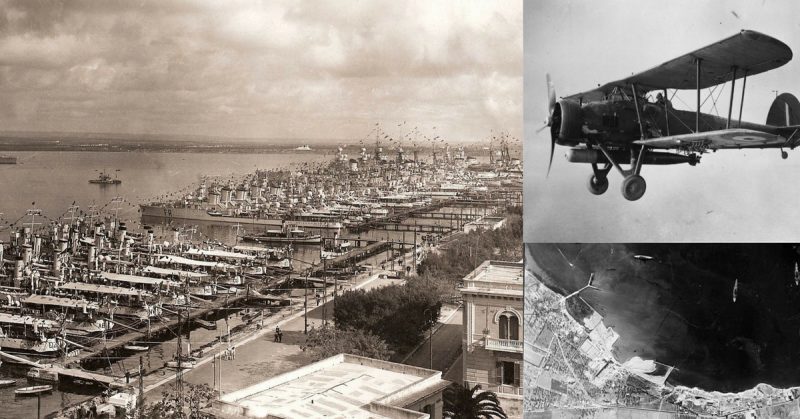Out of all the battles that took place during WWII, there are some that have had a deep impact on both sides. The Battle of Taranto is no exception!
During the night of 11th and 12th November 1940, a battle began in the waters of Taranto in Italy. The Royal Navy of England under the leadership of Admiral Andrew Cunningham launched a naval attack on the Italian naval forces fighting under the leadership of Admiral Inigo Campioni.
This was the first ship attack to be conducted in the naval history. Despite the shallow depth of water, the Regia Marina battle fleet in Taranto was hit using aerial torpedoes.
The Royal Navy used torpedo bombers and the Fairey Swordfish in the Mediterranean Sea and caused havoc in the waters of Taranto. This battle showed the world the devastating power Navy has when it comes to fighting in the seas.
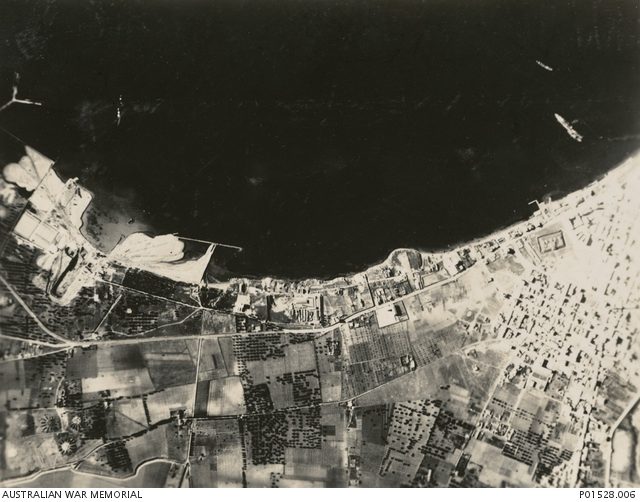
What Incident Triggered the Battle?
Taranto, a port city on the south-east coast of Italy, was home to the first squadron of Regia Marina. The British Royal Navy was on the hunt for blunting any power in the Mediterranean Sea and the plans to capture the port of Taranto were made as early as 1935 when Abyssinia was invaded by Italy.
The North African Campaign of British Army based in Egypt was facing supply difficulties owing to the long route the supply ships had to take all the way from Gibraltar to Alexandria following a long route around the Cape of Good Hope. This route was very long and slow. The Italian fleet that was supplying goods to Italian Army’s operation based in Libya was in an ideal position to interdict the British reinforcement and supplies.
The Italian fleet that was supplying goods to Italian Army’s operation based in Libya was in an ideal position to interdict the British reinforcement and supplies.
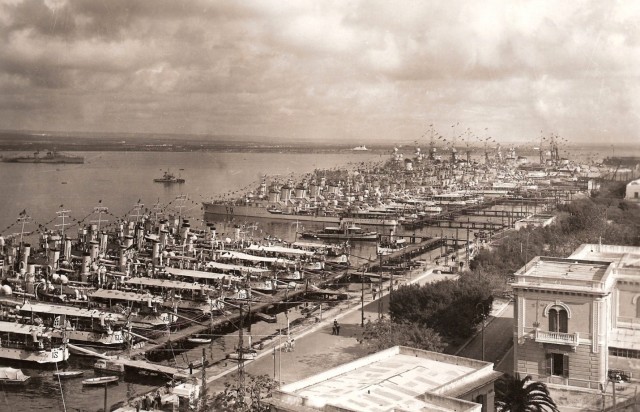
The Italian Navy was not willing to seek a battle with the much larger and stronger Royal Navy on their own because they would not have been able to replace any ship bigger than the destroyer. At Taranto, the Italian fleet was a strong one and was made up of seven heavy cruisers, six battleships, eight destroyers and two light cruisers. The threat of sortie was a serious problem from this point against, the British shipping.
In 1938, during the Munich Crisis, Admiral Sir Dudley Pound was concerned about HMS Glorious, the aircraft carrier of the Royal Navy because of the strong Italian forces present in the Mediterranean. The staff was asked to re-examine all the possibilities to attack the strategically important location of Taranto. This is when the Admiral was told about the possibility of attacking the Italian fleet at Taranto using the Fairey TSR Swordfish of the HMS Glorious.
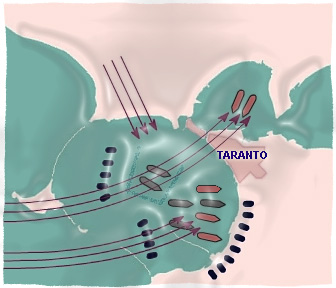
The advice was given by the captain of Glorious, Arthur LStG Lyster and was readily accepted by the Admiral. The training began soon afterward and to keep it confidential, there were no written records kept of the training.
A month before the beginning of war, Admiral Pound was replaced by Admiral Cunningham. This is when Pound asked the new Admiral to consider the possibility of this operation and it turned into the famous Operation Judgment to assess the possibility of carrying out the attack.
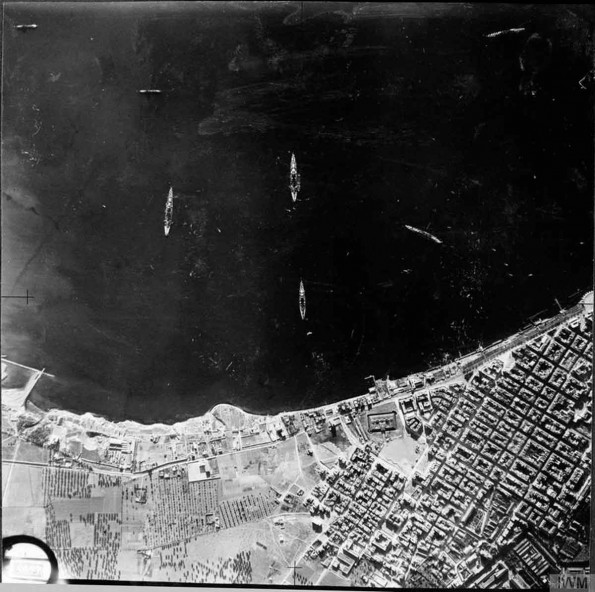
The loss of the French fleet in the Mediterranean after the Fall of France led to a reaffirmation of the need to carry out the attack on Taranto. Operation Judgment was just a small part of Operation MB8, which was to take place on the Trafalgar Day in 1940 but due to an unforeseen fire in the fuel tank of one of the battleships, it was not materialized. With the inclusion of the brand new HMS Illustrious and its availability in the Mediterranean, the argument for the attack was further strengthened.
With the inclusion of the brand new HMS Illustrious and its availability in the Mediterranean, the argument for the attack was further strengthened.
The Taranto base was defended by 193 machine guns and 101 anti-aircraft guns. The various convoys and forces included in the Operation MB8 were successful in deceiving the Italians who thought only a normal convoy was present, which helped a great deal in the British operations.
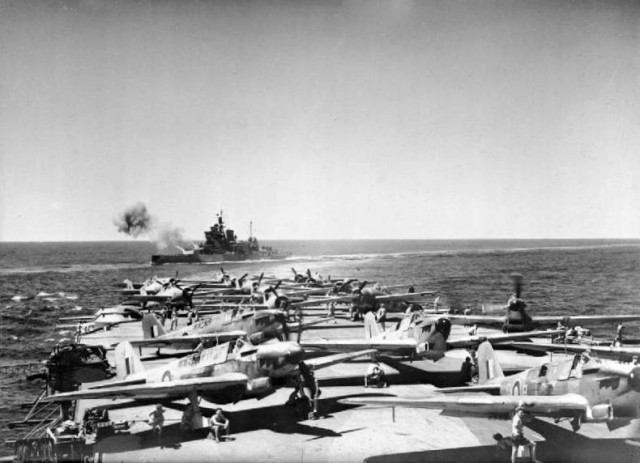
The fleet and base at Taranto was attacked with a first wave of 12 aircraft, and the second consisting of nine. A lot of crossfire was observed with the Italian battleships suffering significant damage. Two aircraft of the Royal Navy were also shot down by the Italian Navy.
The Aftermath
The Italian Navy suffered the loss of about half of their main battleships in one night. However, they transferred the undamaged ships to Taranto and did not let them go beyond the control of the harbor. Cunningham was of the belief that the Italian would not risk their remaining battleships but this was proven wrong when a mission delivering an aircraft to Malta was successfully disrupted by Italian Navy just five days after the incident of Taranto took place.
An Eye for An Eye
The attack on Taranto was avenged a year later when the Italian navy carried out the Raid on Alexandria, causing heavy damage to HMS Valiant and HMS Queen Elizabeth.
The primary goal of attacking Taranto was not achieved by the Royal Navy and in fact, shipping largely increased during the months following the attack. The balance of power was not affected in the Central Mediterranean, and the British Naval Authorities did not succeed in their primary objective.
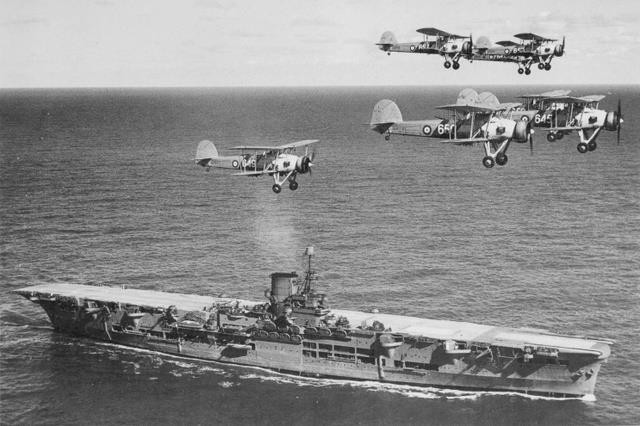
The Attack on Taranto and Pearl Harbor
It is quite likely that the attack on Pearl Harbor in the subsequent years was influenced by the attack on Taranto. The Japanese made a similar attack, but a considerably large operation in the later years on Pearl Harbor after carefully studying the Taranto Attack and drawing conclusions from it because both of these attacks had one thing in common; they were both attacks on shallow harbors.
The Battle of Taranto is a major event to have taken place in the history of both the Italian and the British Navy with both sides facing serious damage. However, the objectives of the battle were not achieved by the Royal Navy, thus making this battle unsuccessful on their part.
